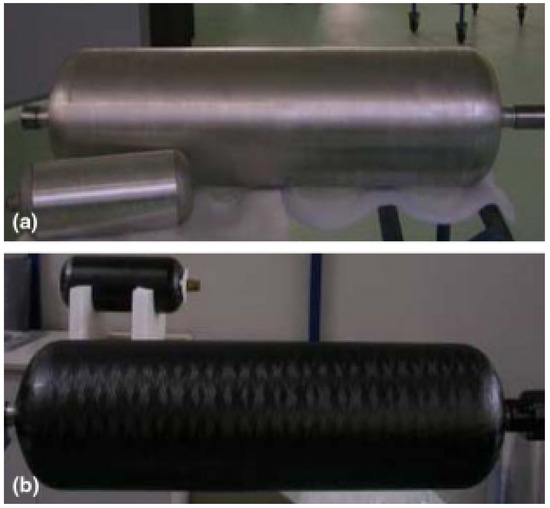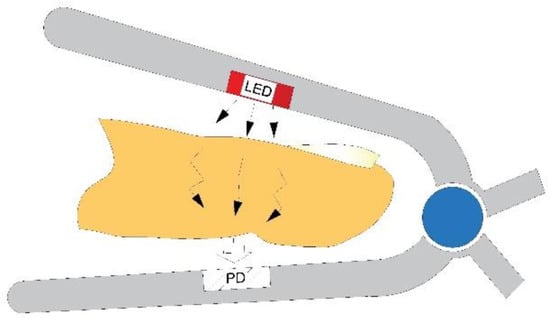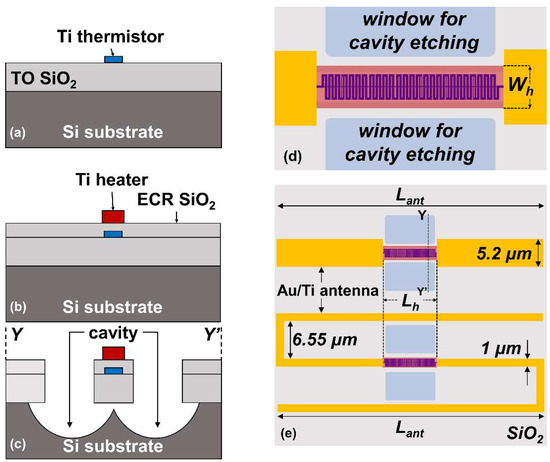Sensors 2022, 22(14), 5182; https://doi.org/10.3390/s22145182 - 11 Jul 2022
Cited by 10 | Viewed by 2998
Abstract
This paper deals with guided wave-based structural health monitoring of composite overwrapped pressure vessels adopted for space application. Indeed, they are well suited for this scope thanks to their improved performance compared with metallic tanks. However, they are characterized by a complex damage
[...] Read more.
This paper deals with guided wave-based structural health monitoring of composite overwrapped pressure vessels adopted for space application. Indeed, they are well suited for this scope thanks to their improved performance compared with metallic tanks. However, they are characterized by a complex damage mechanics and suffer from impact induced damage, e.g., due to space debris. After reviewing the limited progress in this specific application, the paper thoroughly covers all the steps needed to design and verify guided wave structural health monitoring system, including methodology, digital modelling, reliability, and noise estimation for a correct decision-making process in a virtual environment. In particular, propagation characteristics of the fundamental anti-symmetric mode are derived experimentally on a real specimen to validate a variety of finite element models useful to investigate wave interaction with damage. Different signal processing techniques are demonstrated sensitive to defect and linearly dependent upon damage severity, showing promising reliability. Those features can be implemented in a probability-based diagnostic imaging in order to detect and localized impact induce damage. A multi-parameter approach is achieved by metrics fusion demonstrating increased capability in damage detection with promising implication in enhancing probability of detection.
Full article
(This article belongs to the Special Issue Sensors Applied to Nondestructive Testing and Structural Health Monitoring)
►
Show Figures









